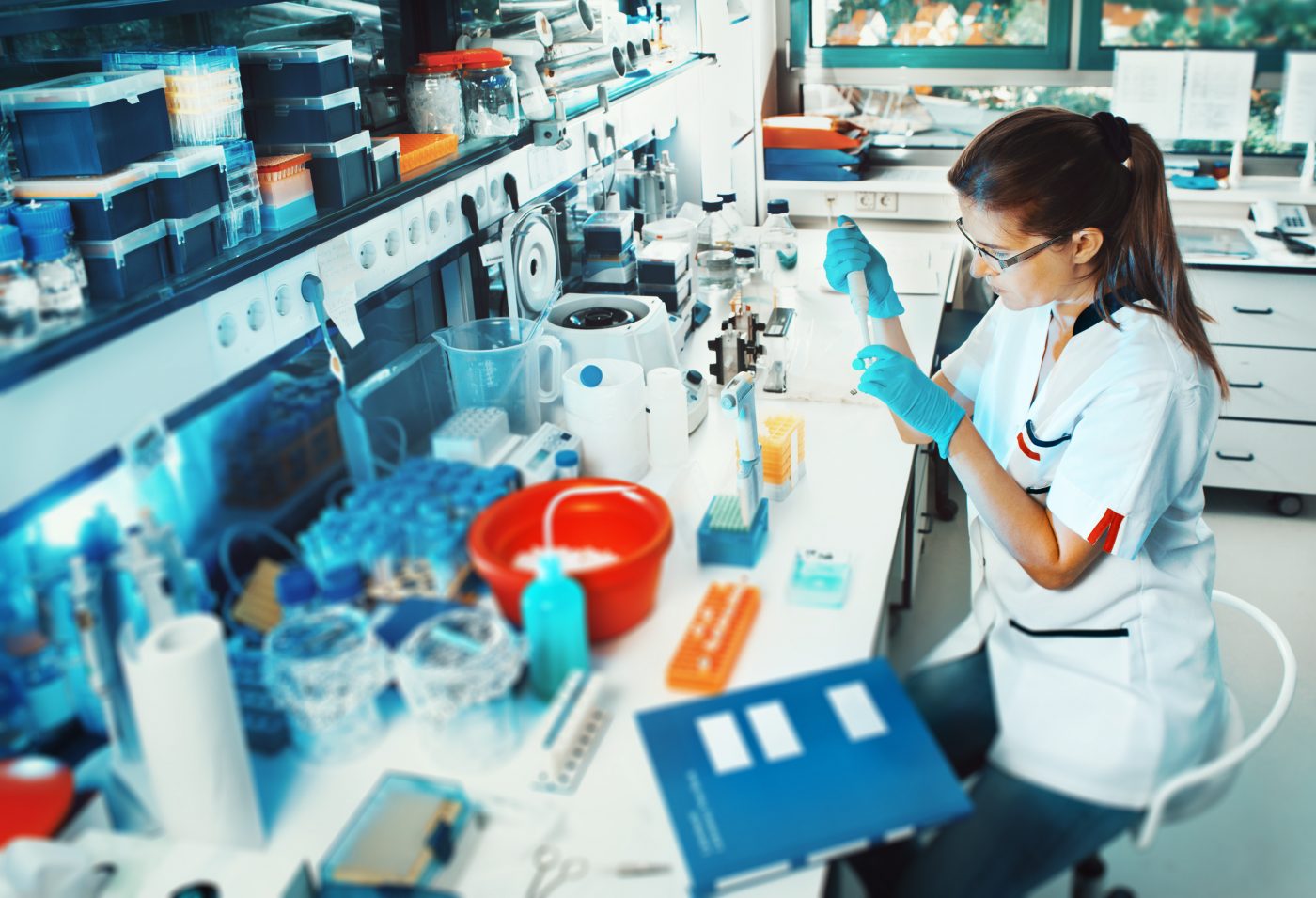Duchenne MD Gene Therapy Project Awarded More Than $2M from Stem Cell Agency

The California Insitute for Regenerative Medicine (CIRM), the state’s stem cell agency, awarded a total of $2,150,400 to scientists at the UCLA Eli and Edythe Broad Center of Regenerative Medicine and Stem Cell Research and the Center for Duchenne Muscular Dystrophy at UCLA for a cutting-edge stem cell gene therapy research project that could result in a treatment for Duchenne muscular dystrophy (DMD).
Scientists April Pyle, Melissa Spencer, and Huan Meng will use the CRISPR/Cas9 genome editing technology and nanoparticles to correct the genetic mutations causing Duchenne MD in a mouse model of the disease, with the hope that in the future this approach can be translated into the clinic.
“We are excited to use the latest high-tech approaches to further our research and hopefully someday create a treatment for Duchenne,” Spencer said in a press release. “We’re thankful that the California Institute for Regenerative Medicine has funded our work.”
The researchers are hoping to test the approach in clinical trials of Duchenne MD patients in the next 10 years.
Throughout the project, the scientists will use two different approaches:
- First, they will use nanoparticles which Meng, an assistant professor of nanomedicine at the California NanoSystems Institute, will create to deliver the CRISPR/Cas9 system to muscle stem cells of a mouse model of Duchenne MD. They will directly inject the nanoparticles carrying the CRISPR/Cas9 into the blood stream of mice. They will then measure how well the delivery system works and how well the CRISPR/Cas9 technique repairs the mutation in the muscles of animals.
- In a second approach, instead of using the nanoparticles to deliver the CRISPR/Cas9, they will inject mice with nanoparticles containing a chemoattractant, which attracts cells of a particular type to the correct location in the body. They will then inject muscle stem cells obtained from Duchenne MD patients whose mutation has been corrected in the lab using the CRISPR/Cas9 technique. The idea is that the corrected muscle stem cells will migrate toward the chemoattractant and repopulate muscle tissue. In time, these corrected muscle stem cells will generate new muscle tissue and replace the muscle that is lost due to Duchenne MD.
Muscle stem cells are naturally found around mature muscle fibers in a dormant state. If muscle tissue gets damaged as a result of injury or disease, these cells are activated and start dividing to regenerate it. In Duchenne MD, muscle loss happens faster than the speed at which muscle stem cells can replace it.
Scientists are able to generate muscle stem cells from skin cells, which they can then reprogram to give rise to any cell type in the body. These cells are called induced pluripotent stem cells or IPS cells.
Pyle and Spencer have previously shown that mutations causing Duchenne MD can be corrected with the CRISPR/Cas9 technique in IPS cells. They also showed that these cells are able to turn into muscle cells free of the Duchenne-causing mutation and produce the essential dystrophin protein, which the mutation prevents from making.
“Once we developed the CRISPR/Cas9 platform for Duchenne mutations, we knew our next challenge would be to correct the muscle stem cells that reside throughout about 40 percent of the body that is made of muscle tissues,” Pyle said.
CRISPR/Cas9 technology has been used for several years to experimentally make changes to specific locations in the genome. The U.S. Food and Drug Administration (FDA) has not yet approved its use in clinical trials.






